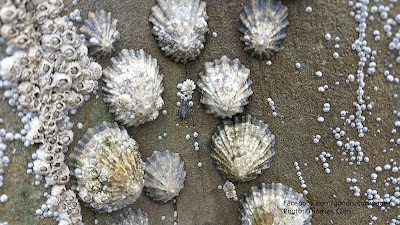 RockPools are found in the intertidal zones of the ocean shore, and form when the high tide goes out, leaving pools of water at the surface. Rock pools provide great snooping areas for wildlife lovers not satisfied with spending the day snoozing on the beach, however they are also important and intricate environments for a range of wildlife.
RockPools are found in the intertidal zones of the ocean shore, and form when the high tide goes out, leaving pools of water at the surface. Rock pools provide great snooping areas for wildlife lovers not satisfied with spending the day snoozing on the beach, however they are also important and intricate environments for a range of wildlife.Rock Pools, unlike many other ecosystems, are in a constant state of fluctuations due to tidal activity. As the tide comes in and out, it causes changes in the salinity, oxygen content and temperature of Rock Pools, while introducing new organisms, as well as removing, existing organisms that are unable to withstand the force of the waves.
Due to the constantly changing Rockpool ecosystem, the wildlife that survives in them are well adapted to environmental fluctuations and to the constant force of the waves. For example Limpets (left) use their strong muscular feet to firmly attach themselves to their substrate to decrease the chance of them being washed away by strong tidal activity. Other organisms that live in Rock Pools include Coral, Sea weeds, Clams, Crabs, Barnacles, Anemones, Periwinkles, Fish and a range of other creatures that are able to survive in these small compartmentalised environments.

Many members of the rich diversity of Rock Pool life that are able to survive in these small pools of water do so due to plankton (free floating microscopic organisms) that provide a continuous energy source that fuels this aquatic food chain. The sun is also a major energy source as the sunlight is captured by seaweeds and microscopic algae allowing them to reproduce, which then act as a food source for animal life such as periwinkles, limpets and many others.
So if you find yourself at the Seaside peering into a Rock Pool, don't just marvel at the Crabs or Anemones, but admire the intricate and constantly changing ecosystem that these organisms have made their home.
-Thomas Glen

No comments:
Post a Comment